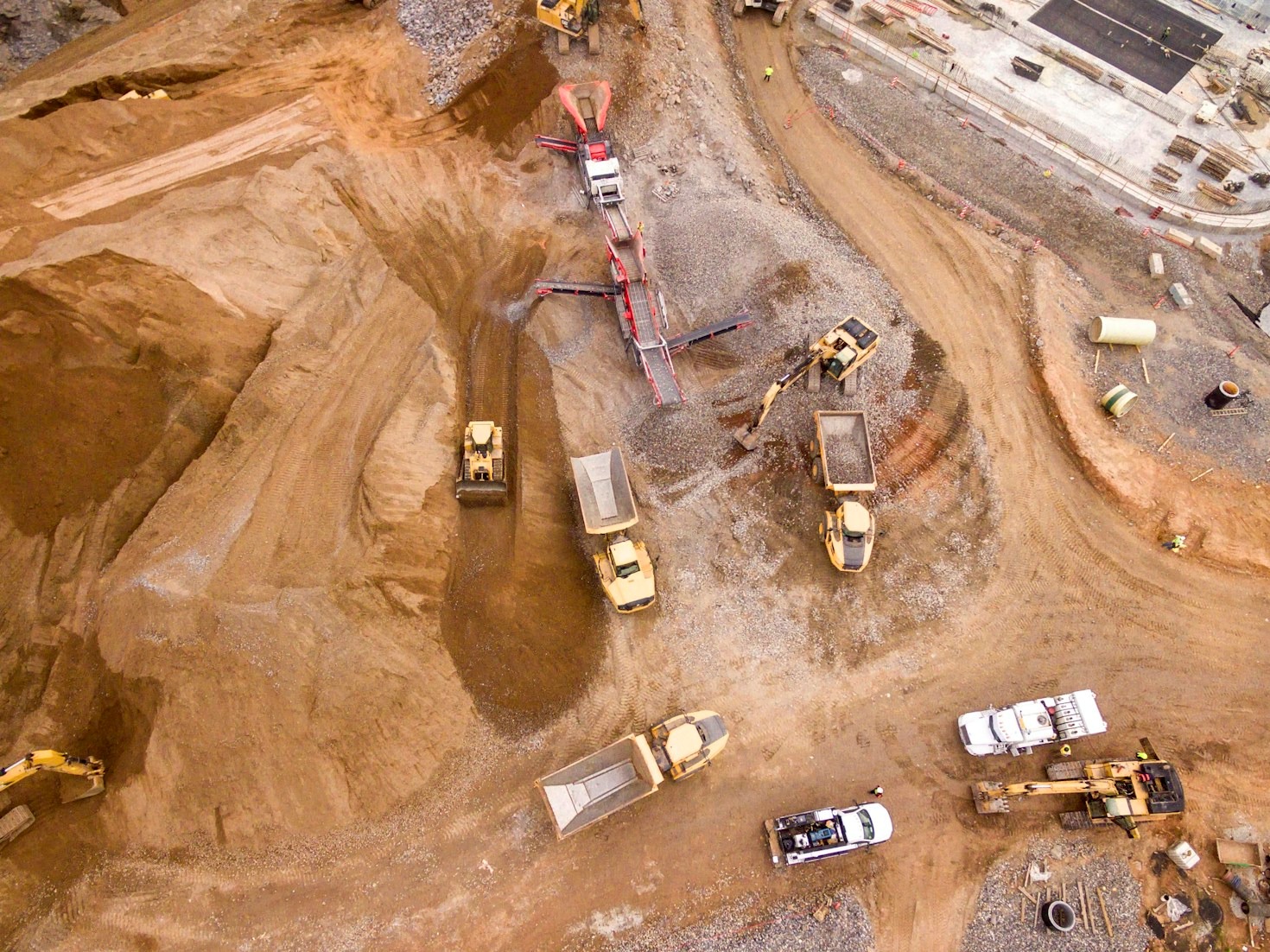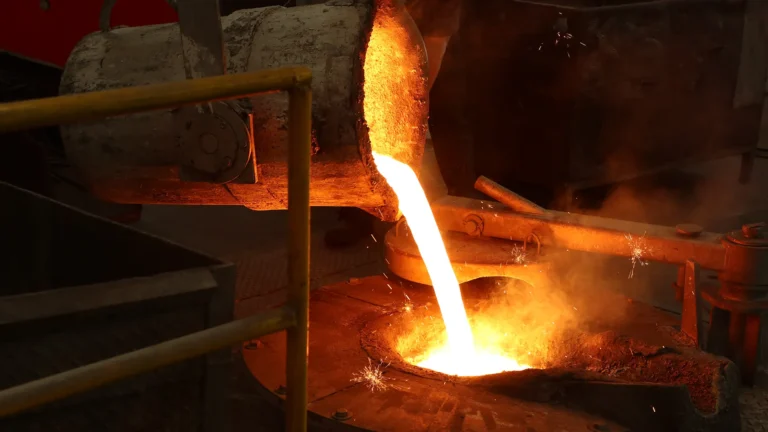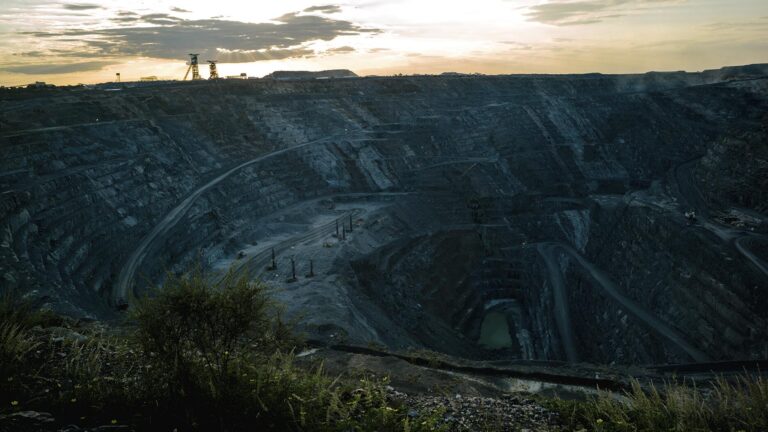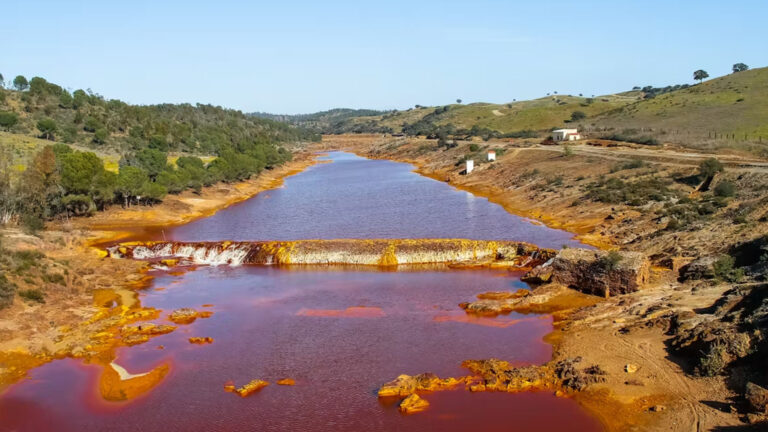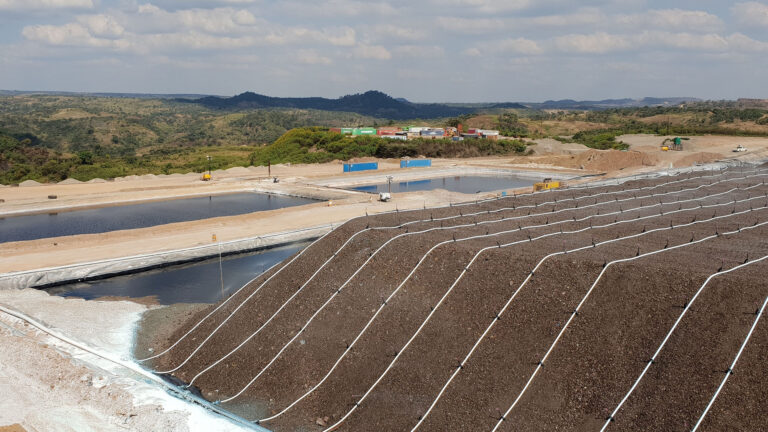The mining sector, long regarded as the backbone of industrialization and development, is now emerging as a pivotal arena for forward-thinking investors. As the global economy shifts toward renewable energy, technological innovation, and infrastructure development, the demand for minerals, particularly critical and strategic ones, is escalating rapidly.
For investors, this creates a complex but compelling landscape of risk, reward, and responsibility.
The Foundation of Modern Society
Mining powers the infrastructure of modern life. From steel beams in bridges to the silicon in microchips, from copper wiring in homes to the lithium in electric vehicle batteries, the products of mining are essential.
Even intangible advancements, such as digitization and clean energy, have a tangible dependency on raw materials extracted from the earth. As nations race toward net-zero targets and sustainable economic development, mining is positioned as a critical enabler.
Exploring the Landscape: Majors vs. Juniors
The mining industry is broadly divided into two groups: majors and juniors. Major mining companies are typically large, diversified operations with established revenue streams and multi-national portfolios. These firms, such as BHP or Rio Tinto, are often considered value stocks due to their consistency, operational stability, and ability to pay dividends.
Junior exploration companies, on the other hand, are smaller, high-risk ventures often engaged in early-stage exploration. They operate much like tech startups lean, experimental, and driven by the potential of discovery. A single major find by a junior can deliver exponential returns to early investors, making this segment particularly attractive for those seeking aggressive growth.
Critical Minerals and the Energy Transition
What makes junior explorers particularly important today is the rising global demand for critical minerals such as lithium, cobalt, nickel, rare earth elements, and copper. These materials are integral to the production of electric vehicles, renewable energy systems, and battery storage technologies. Benchmark Minerals estimates that to meet demand, the world will need over 300 new mines in the next decade alone.
This surge in demand has turned critical minerals into strategic commodities. Governments are offering subsidies and forming alliances to secure domestic supplies, while investors closely monitor exploration developments, particularly in jurisdictions with stable regulatory frameworks and strong ESG commitments.
Evaluating Risk: Due Diligence Matters
Investing in mining, especially junior stocks, requires a robust due diligence process. Key areas to assess include:
Leadership and Experience
A strong management team with geological expertise, regulatory understanding, and local community knowledge is critical. Leadership teams that “have skin in the game” tend to align better with shareholder interests and demonstrate commitment to long-term value creation.
Capital Allocation Transparency
Investors should scrutinize how funds are deployed. In the exploration phase, clear spending on surveys, drilling, sampling, and feasibility studies is essential. A lack of transparency or unallocated capital can indicate weak corporate governance.
Regulatory and Geopolitical Risk
Not all mineral-rich regions are investment-friendly. Understanding local governance, mining law, and community sentiment is key to evaluating project viability. A jurisdiction’s approach to permitting, taxation, and environmental oversight can make or break a mining venture.
Responsible Mining Practices
ESG compliance has become a non-negotiable standard for institutional investors. Environmentally damaging practices or poor labor conditions can erode public trust and restrict market access. Ethical sourcing is now closely tied to brand value, particularly in sectors such as automotive and technology.
Timing and Market Positioning
Understanding the project lifecycle is crucial. Early investment during the research or pre-feasibility stage can yield the highest returns if the project is successful. However, these stages also carry the most uncertainty. Later-stage investments may offer lower upside but reduced risk.
Critical vs. Precious Metals
Metals fall broadly into five categories, but two drive the majority of investor attention: critical and precious metals. Precious metals, such as gold and silver, are traditional safe haven assets often used to hedge against inflation and currency volatility. Critical metals, such as lithium, nickel, and graphite, meanwhile, are essential to energy security and technological advancement.
The current market trajectory favors critical metals. Their prices are expected to rise as supply struggles to meet demand. This has prompted many traditional investors to diversify into junior mining stocks focused on battery and energy-transition metals.
Final Thoughts: The Role of Mining in a Sustainable Future
Mining is at the center of the green economy. As the world transitions to electric vehicles, renewable energy grids, and digital infrastructure, mineral supply chains will play a pivotal role. This presents a generational investment opportunity but also a responsibility to support projects and companies that prioritize sustainability, transparency, and ethical conduct.
For investors with the right mix of patience, due diligence, and risk appetite, the mining industry offers exposure to one of the most foundational and transformative sectors of the global economy. In a world seeking resilience and sustainability, mining is not just about digging deeper it’s about investing smarter.

